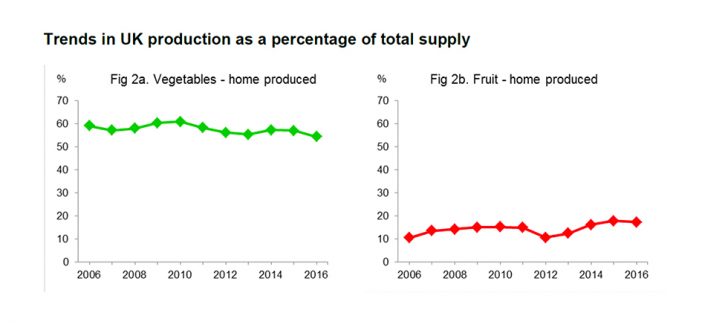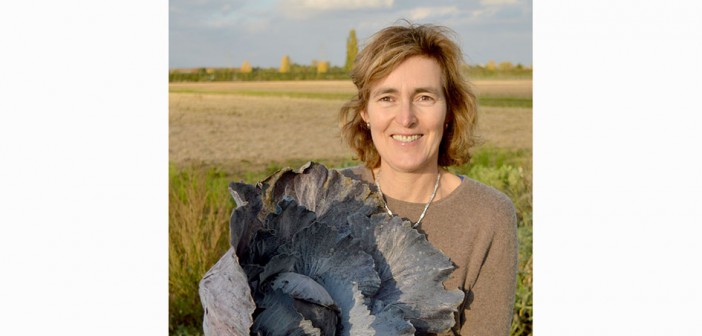Cornish-based vegetable grower Southern England Farms has taken part in the BBC programme Inside Out South West, highlighting the migrant labour crisis by employing a group of young people from Plymouth to pick cabbages.
After four hours the farm’s Eastern European staff had picked nearly 10 times as many cabbages as the young British workers. Jennifer Brunt, 23, who works in sales, said, “This is hard, my hands are too small and they’re cold and my nose is running. My fingers are already frozen and we haven’t even been here for an hour.”
Another woman, 22-year-old Cambridge-graduate Hottie Burrows, had to sit in a tractor to warm her hands up. “Honestly, I was in so much pain but I don’t quit,” she said. “Like last year I ran two marathons if I can do that why can’t I pick cabbages?”
The farm normally employs 500 pickers. Owner Greville Richards commented, “It’s rewarding if you want to get on. Some of the teams that we have here earn very good money. Now we are finding that we are Bulgarian and Romanian, purely because the Lithuanians and the Polish don’t want to come here because there’s nothing in it for them now with the way the exchange rate is.”
One British worker said they would “never” consider the job as a career.

Photo Caption: The farm normally employs 500 pickers.
Photo Credit: Southern England Farms
The post Southern England Farms trials English workers appeared first on Hort News.

